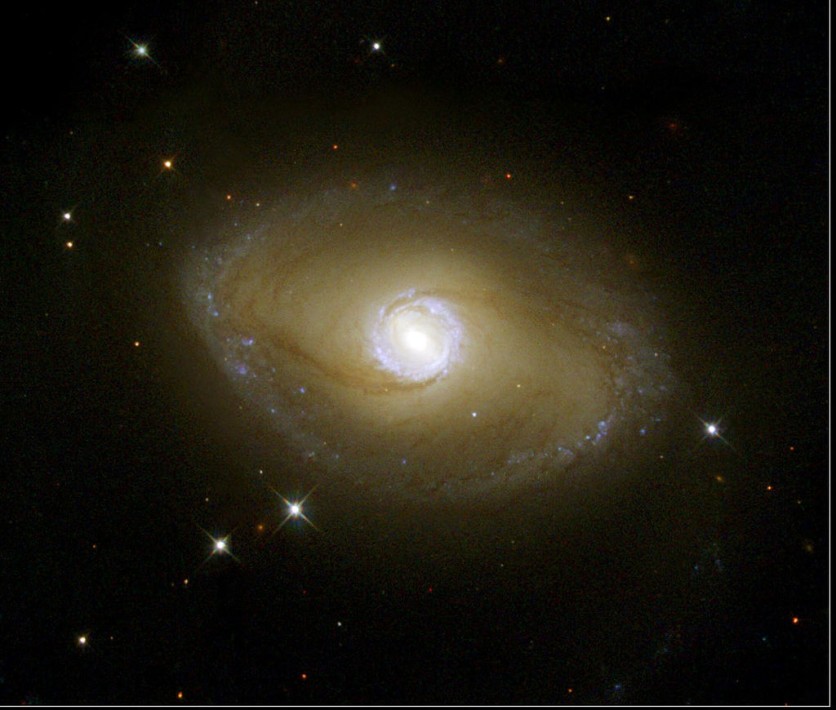In a recent development, an innovative study has uncovered compelling evidence supporting a revised theory of gravity, particularly under conditions of low acceleration.

Departing From Traditional Newton-Einstein Gravity Theory
The study, spearheaded by Prof. Kyu-Hyun Chae of Sejong University in Seoul, Korea, delved into the behaviors of cosmic structures known as wide binary stars.
Interesting Engineering reported that Chae's work signifies a notable departure from the traditional Isaac Newton-Albert Einstein theory of gravity, offering fresh insights into the forces shaping celestial motion.
Researchers have employed data gathered by the European Space Agency's Gaia space telescope. They introduced the intriguing concept of dark matter, a mysterious substance that remains hidden from sight due to its lack of interaction with light.
Despite its invisibility, its presence becomes evident through its gravitational influence. This enigmatic entity emerged as a hypothesis aimed at elucidating the disparities between anticipated and observed gravitational effects.
However, the nature of dark matter remains a puzzle, and its existence is yet to be confirmed. While dark matter is a popular explanation, some scientists have reservations due to a lack of evidence. It has led to alternative ideas like Modified Newtonian Dynamics (MOND).
Proposed by Mordehai Milgrom in 1983, MOND suggests that gravity might work differently under very weak accelerations, explaining anomalies without invoking dark matter. It adjusts Newtonian gravity to fit observations without needing this mysterious substance.
It proposes a novel perspective where acceleration hinges on masses and a scale-dependent function, implying that the behavior of gravity adapts to the size or scale of the system under examination. This concept diverges from conventional gravity theories, offering a fresh viewpoint.
Analyzing Binary Star Systems
Examining data sourced from the Gaia telescope, Chae scrutinized a substantial set of 26,500 comprehensive binary star systems spanning 650 light-years. Phys reported that these systems, known as wide binary stars, encompass two stars in orbits that maintain a certain distance between them.
By delving into this array of systems, Chae uncovered a striking revelation: when subjected to ultra-low accelerations, the observed acceleration levels surpassed traditional expectations by 30-40%. This intriguing phenomenon implies a possible deviation from standard gravity's assumptions.
In a press release, Chae explained his decision to focus on these systems, emphasizing that he believed accelerations could offer a direct and efficient means of testing gravity due to the nature of the gravitational field itself being an acceleration.
He also noted his prior experience studying galactic rotation curves, which influenced his approach. Chae's study challenges established norms and establishes a foundation for further exploration into the mysteries of gravity.
He anticipated that his findings would gain validation and refinement by utilizing more extensive and comprehensive datasets, contributing to a deeper understanding of this fundamental force. The study's results have been documented in The Astrophysics Journal.
Related Article : gravityLab Pursues Development of Artificial Gravity for Space Travel

ⓒ 2025 TECHTIMES.com All rights reserved. Do not reproduce without permission.




